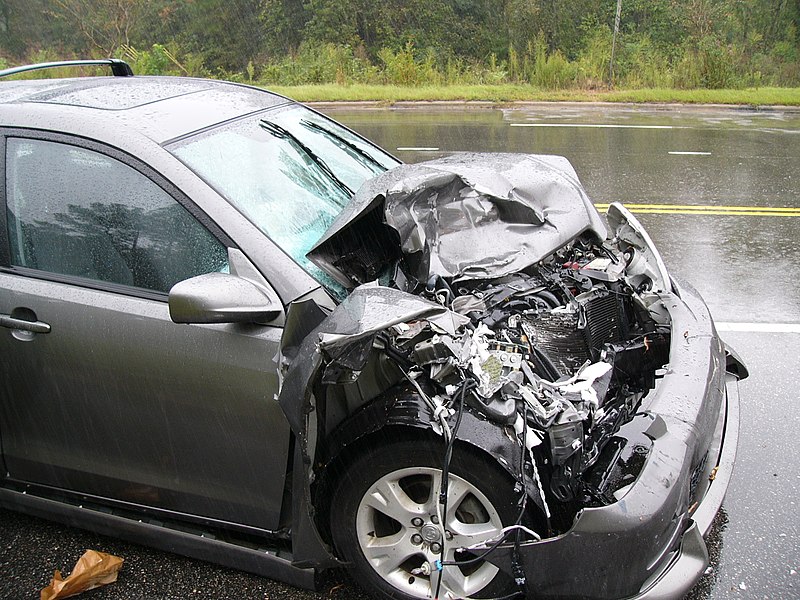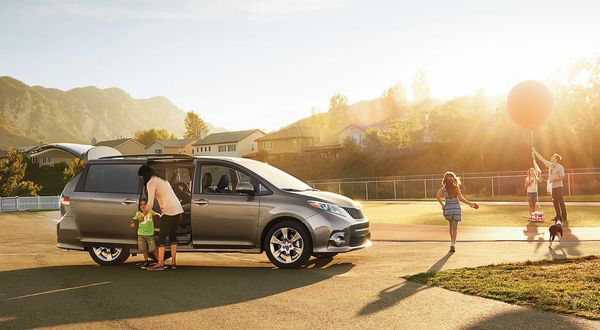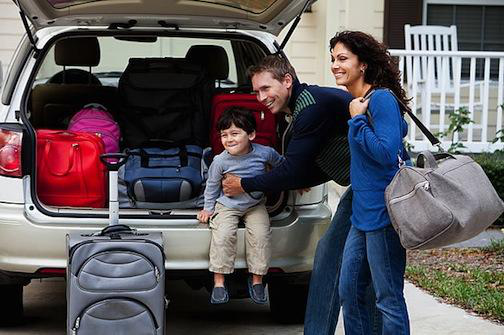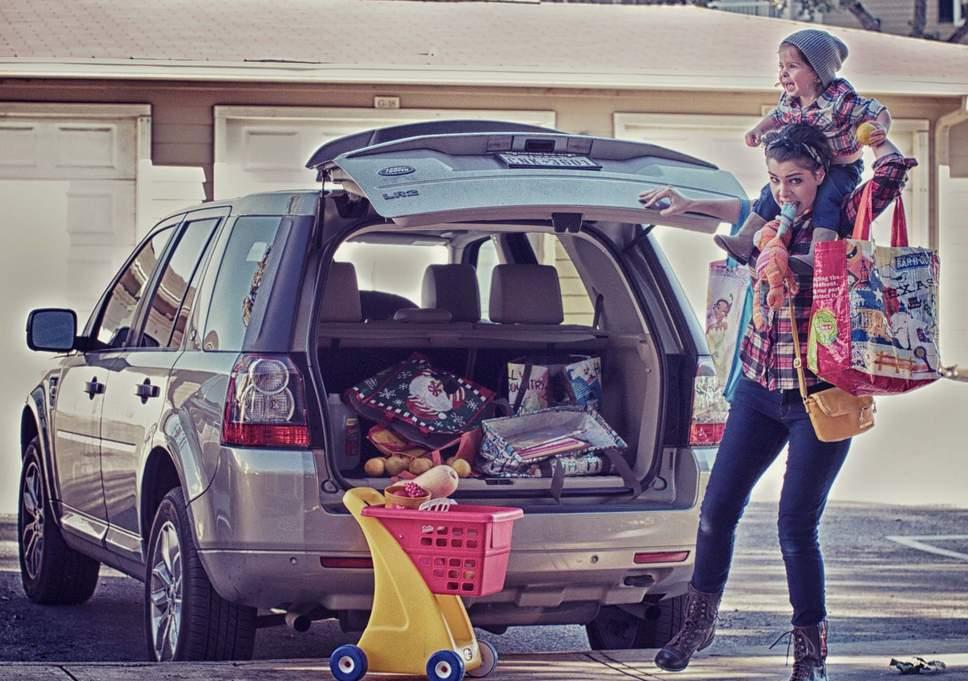
There are different factors which can affect what kind of car insurance you can get. Age, gender, what type of car you have, what city you live in, driving history, how long you’ve been driving, and many other factors affects what kind of car insurance you will get. Each state varies, but most Americans are paying on average $129 per month on car insurance. In some states like California, drivers are paying $147 per month. There are ways to reduce your Root Insurance costs. These are just a few tips on how to lower your car insurance.
Choose Your Car Wisely
The more luxury and expensive cars are going to cost more to insure. Minivans and SUVs are going to be less expensive to insure than the flashy cars. Car insurance quotes will vary depending on what kind of car you have. Also, driving slowly and safely will help lower the cost of insurance because getting traffic tickets and getting into accidents will increase your car insurance. Another tip is to drop the parts of your insurance that isn’t necessary.
Improve Your Credit Score
Your credit score will affect how much your car insurance will cost. It might be best to improve your credit score before you get a car so that your insurance isn’t too expensive. Some tips for that is to make loan and credit card payments on time, keep the credit card balances low, and don’t apply for too many credit cards as this can affect your credit score.
Usage-Based Insurance
Some people may not be using their car too much, so usage-based insurance is another option. Usage-based driving is like a pay-per-mile type of program. The rate is based on how well you drive and also how many miles you drive. It can measure and keep track of it because of a small device that you install inside your car that will send the data and mileage use to your insurance company. Then, you get a discount for having a low mileage use. It can only be used in some states. Some insurance companies have them while others do not have the usage-based insurance.
Insurance Coverage
Another tip on reducing your car insurance costs is to only pay for coverage that you need. Everyone needs liability insurance so that if someone gets injured from a car accident, and if the cars involved in the accident get damaged, then it is covered. There are other coverages on insurance plans which include collision, comprehensive, medical costs, and more. Changing your insurance package to only coverage that you feel you need is one way to cut the costs of car insurance.
Other Tips on Reducing Car Insurance
There are other ways to cut your costs of insurance as well. One tip is to look around at other insurance companies and see if there is a better deal. If you are a young driver, you might want to consider keeping good grades as you might get a discount on your insurance. If you are an older driver, there might be a discount for that as well. Having a good credit score, looking around at different car insurance companies for the best quote, and using any discounts that may apply are the best ways to reduce the car insurance costs.







